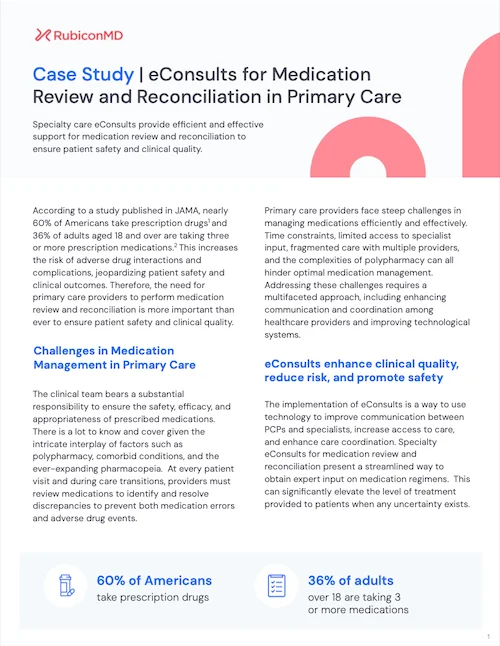eConsult Transcript
PCP submission
36 yo biological male, identifies as female, diagnosed with gender dysphoria in 2019 by therapist. The patient seen by endocrinology in 2019 and started on estradiol, spironolactone, bicalutamine and has been on same regimen since. Is tolerating med well. The patient is currently incarcerated in a male correctional facility and is established with mental health team and states this is going well. She is generally content with the current POC, although would like to have increased bra size. Recent lab: CMP, CBC, lipids wnl. Estradiol E2 251 pg/ml, estrogen total 1769 pg/ml. estrone 1518. Total testosterone 10 ng/dl, free testosterone 0.64 pg/nl, sex hormone binding glob 131
- Is continuing the current medication regimen recommended?
- Are there other recommendations for safety/monitoring?
- The patient would like eventual surgery and bigger bra size but appears to be generally content with current plan of care and facility support. No mental health concerns are voiced by patient. When is a change of plan of care indicated?
Thank you very much for your thoughts.
Specialist response
Hi, thanks for the e-consult!
1. I suggest discontinuing the Bicalutamide. The patient’s serum estradiol level is appropriate, and her serum total testosterone is appropriately suppressed. As such, you could probably discontinue both anti-androgens, but I doubt that she would be comfortable with this. Bicalutamide has been associated with fulminant hepatitis in a small subset of patients who use it. The rate has not been quantified in transfeminine patients, but in this patient’s case, I think the risks outweigh the benefits.
2. Your management seems great. I’m sure that you have assessed this, but if she is a smoker, using an estradiol patch will decrease the small risk of VTE formation.
3. The answer to this question depends on the source(s) of her gender dysphoria. It sounds like she’s currently satisfied with her treatment. In general, I tell patients that they’ll see the full benefit of medical management of gender dysphoria between three and five years after starting hormones. This patient is in that range, so if she has significant dysphoria around her breast size and is able to get surgery, you could consider making the referral now. If having larger breasts is a goal but not causing acute dysphoria, she could wait in order to appreciate the full effect of the estrogen treatment. She could then explore breast augmentation five years into treatment.
Please let me know if you have additional questions.
